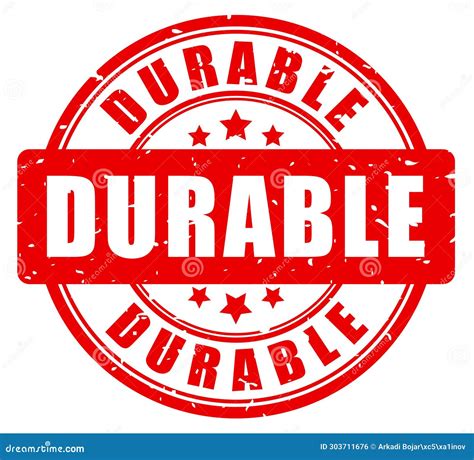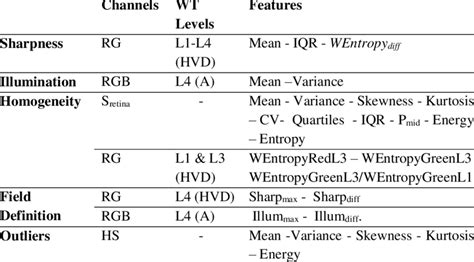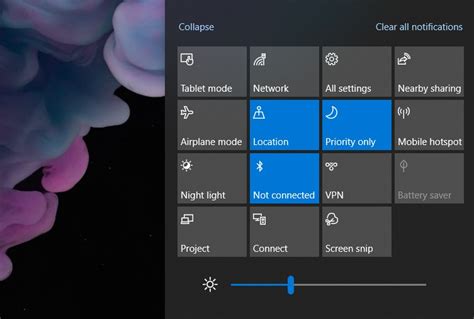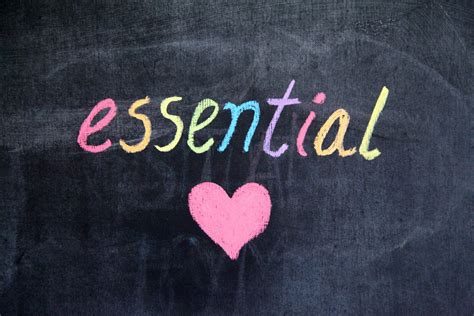Beyond the Surface: The True Test of a Quality Belt
When shopping for a men’s belt, most discerning buyers focus on obvious features: the type of leather (full-grain vs. bonded), the style and material of the buckle, and perhaps the general aesthetic fit for their wardrobe. These are undoubtedly important considerations. However, relying solely on these visible attributes can lead to disappointment, as many belts that initially appear high-quality quickly degrade. There’s a single, often-forgotten feature that separates truly exceptional belts from the merely good-looking: the integrity of its internal construction and edge finishing.

The Unsung Heroes: Internal Construction and Edge Finishing
A belt isn’t just a strip of leather; it’s an engineered piece of gear. Its ability to resist stretching, maintain its shape, and endure daily wear and tear depends heavily on how it’s put together internally, even if the outer layer is genuine full-grain leather. Many belts, especially those that are cheaper, are made from layers of lower-quality leather or even cardboard fillers glued together and then covered with a thin layer of ‘real’ leather. This construction is inherently weak and prone to delamination, stretching, and creasing.
Equally critical is the edge finishing. A quality belt will have edges that are either burnished and sealed – a process of sanding, wetting, and rubbing the leather edge until it’s smooth and dense – or meticulously folded and stitched. Inferior belts often use painted or lacquered edges that quickly crack, peel, and flake off, leaving unsightly raw edges that fray and deteriorate. These seemingly minor details are major indicators of the belt’s overall craftsmanship and longevity.
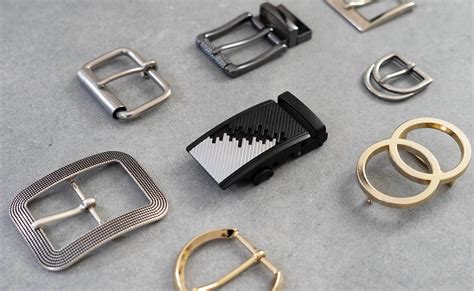
Why This Feature Matters More Than You Think
Neglecting the internal construction and edge finishing has significant consequences. A belt with poor internal integrity will quickly stretch out of shape, leading to elongated holes that compromise its fit and appearance. It will sag, crease unattractively, and lose its ability to effectively support your trousers. Similarly, flaking edges make even the most expensive leather look cheap and worn out, detracting from your entire outfit. A quality belt isn’t just about holding up your pants; it’s a foundational accessory that adds polish and structure to your silhouette. A poorly constructed one undermines that entirely.
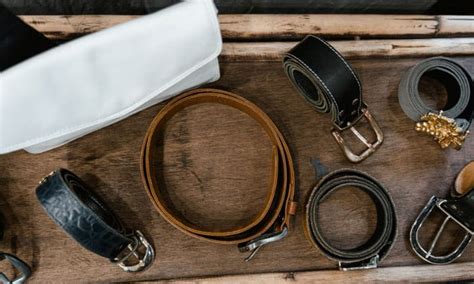
How to Spot the Difference: A Buyer’s Guide
When evaluating a belt, go beyond the superficial:
- Feel the Flex: A truly well-constructed belt, especially one made from a solid piece of full-grain leather or two full-grain pieces stitched together, will have a consistent, firm yet pliable feel. It won’t feel flimsy, nor will it be overly stiff like cardboard.
- Examine the Edges: Run your finger along the edges. Do they feel smooth, dense, and rounded? Or do they feel rough, brittle, or like a thin layer of paint? Look for burnished, sealed, or meticulously folded edges. Avoid anything that looks plasticky or appears to have a thick, painted coating that could chip.
- Check the Backing (if visible): If the belt isn’t a single, unlined piece of full-grain leather, examine the reverse side. Is it another piece of quality leather, securely stitched? Avoid belts with a synthetic or fabric backing that looks like it could easily delaminate.
- Inspect the Stitching: For stitched belts, ensure the stitching is uniform, tight, and robust, particularly where the belt meets the buckle and around the holes. Loose or inconsistent stitching is a red flag.
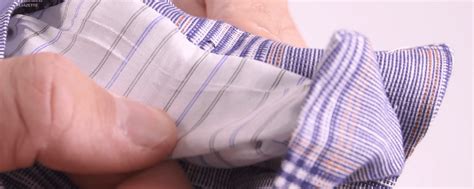
The Lasting Investment
While often overlooked, the internal construction and meticulous edge finishing are the true hallmarks of a high-quality men’s belt. Investing in a belt that excels in these areas means acquiring an accessory that will not only look sharp from day one but will also stand the test of time, resisting stretching, cracking, and delamination for years to come. It’s an investment in durability, aesthetics, and the subtle yet powerful statement of true quality.
